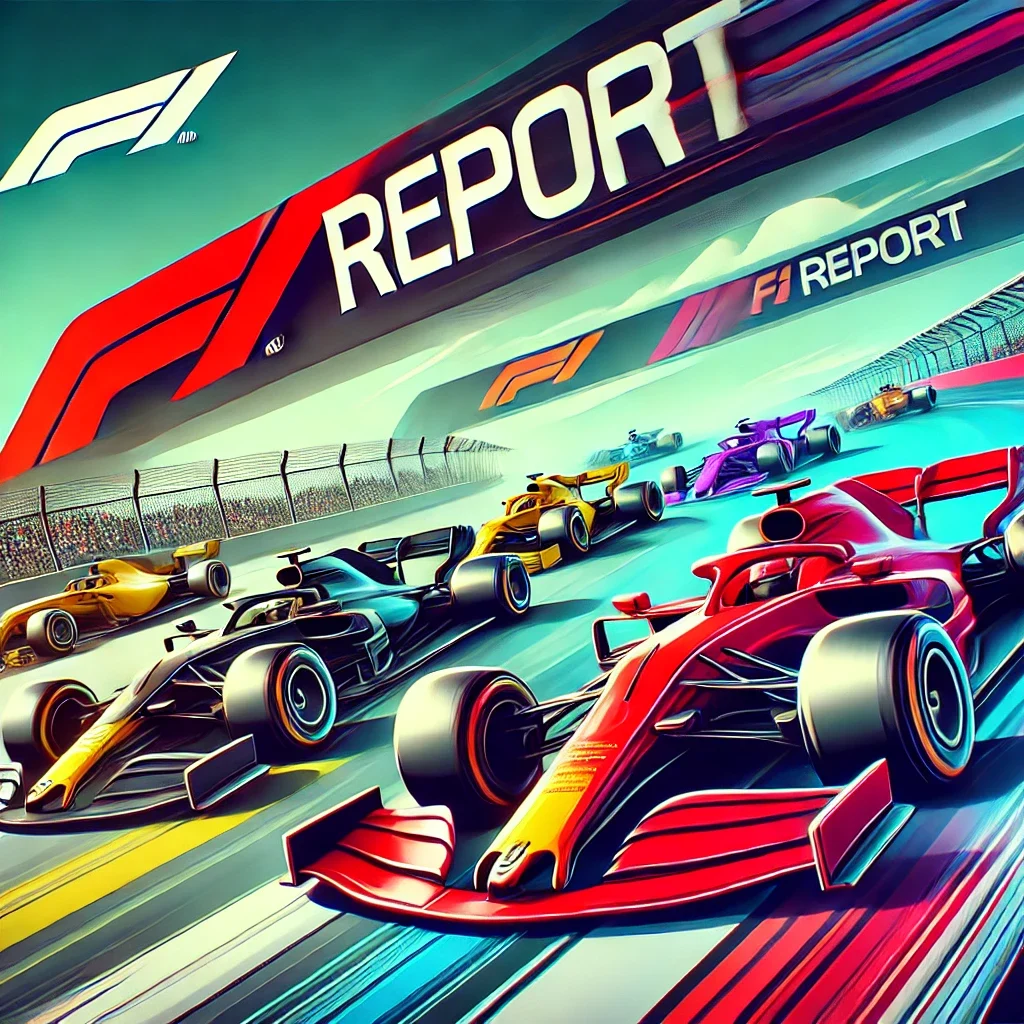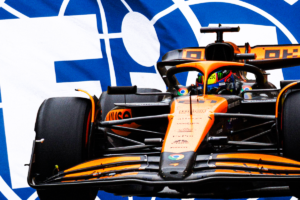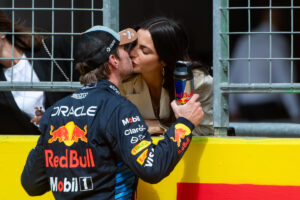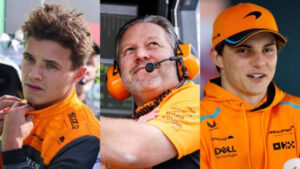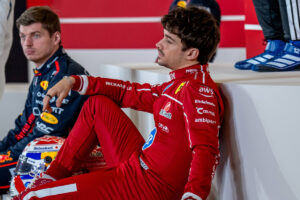FIA confirm MULTIPLE Qatar Grand Prix changes following controversy…….read more
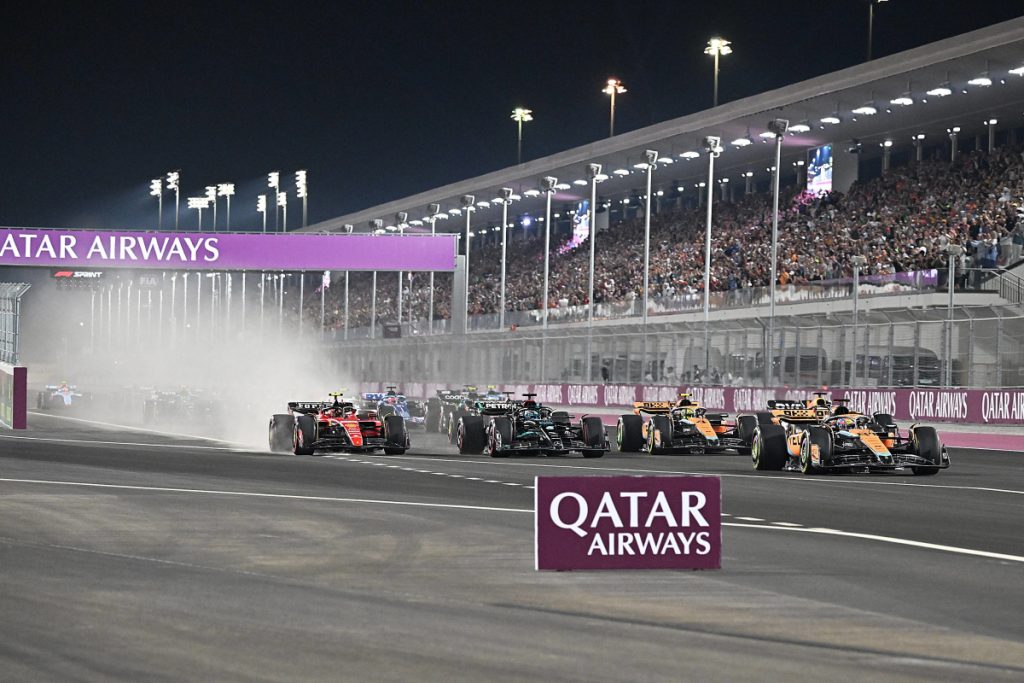
FIA confirm MULTIPLE Qatar Grand Prix changes following controversy…….read more
The FIA has confirmed that significant changes have been implemented for this weekend’s Qatar Grand Prix, following the controversy that surrounded last year’s event. The 2023 race at the Lusail International Circuit was notably tough due to extreme heat, with Max Verstappen clinching his third World Championship title under challenging conditions. This year, however, the event will see multiple modifications in response to safety concerns and issues that arose in 2023.
Verstappen, who is now a four-time World Champion, will not be considered the favourite to repeat his 2023 victory this time around. After securing his title in Las Vegas last weekend with a fifth-place finish, he moves on to Qatar, but the competition is expected to be stiffer. Throughout 2024, Red Bull’s RB20 car has faced performance struggles, while teams like McLaren, Ferrari, and at times Mercedes, have demonstrated superior pace.
The 2023 Qatar Grand Prix, however, will be most remembered for the controversies surrounding the extreme heat and its impact on the drivers. Despite the race taking place at night to avoid the harsh daytime temperatures, the heat still caused significant concerns regarding driver health. Several drivers faced serious physical challenges throughout the event. Former Williams driver Logan Sargeant was forced to retire early due to “extreme dehydration,” while Esteban Ocon admitted he was so affected by the conditions that he threw up in his helmet during the race. Lance Stroll also struggled with the intense heat, requiring assistance from his Aston Martin team to exit his car after the race, underscoring the seriousness of the conditions.
In response to these concerns, the timing of the 2024 Qatar Grand Prix has been adjusted. This year’s event will take place later in the calendar, making it cooler compared to the earlier October date of 2023. The expectation is that the later race will offer more favorable conditions for both the drivers and the teams.
However, changes to the event go beyond just the timing. One of the biggest issues from 2023 was the problematic kerbs at the Lusail circuit, which caused tire wear and contributed to drivers’ physical discomfort due to the excessive vibrations when running over them. The extreme impacts from the kerbs led to several tire failures and safety concerns, with F1’s official tire supplier, Pirelli, introducing a restriction on the number of laps a driver could complete on a single set of tires. This limit was set to 18 laps per tire set to mitigate the risk of failure.
Following a thorough analysis of the circuit and feedback from drivers and teams, the FIA has implemented a series of changes to improve the safety and comfort of the event. A total of seven kerbs around the track have been modified to reduce their impact on the tires and lessen the vibrations felt by drivers. Specifically, the height of the kerbs at the exits of Turns 1, 2, 4, 10, 13, and 14, as well as at both the entry and exit of Turn 12, have all been lowered.
In addition to modifying the kerbs, the FIA has made further adjustments by installing two-meter-wide gravel strips behind certain kerbs. These new gravel sections aim to offer drivers a safer route when they run wide or exceed track limits, helping to reduce the chances of accidents and improving track safety overall.
These changes reflect the FIA’s commitment to improving driver safety and addressing the issues that surfaced during the 2023 race. The modifications to the kerbs are designed to make the track less physically demanding and less abrasive on tires, while the introduction of the gravel strips aims to offer better control when drivers push the limits of the track.
As the 2024 Qatar Grand Prix approaches, it is clear that the lessons learned from last year’s race have led to crucial adjustments in the event’s organization. With these changes in place, the race is expected to be more manageable for the drivers and teams, with a focus on both safety and performance. Whether these modifications will impact the outcome of the race remains to be seen, but they represent a clear attempt by the FIA to improve the overall experience and ensure a safer environment for all competitors.
